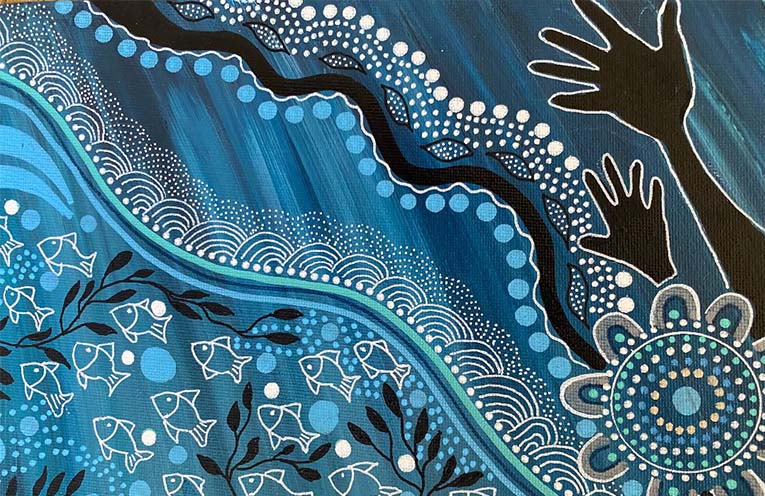
THE oldest of the “Old Salts” were the original Worimi fishermen and women who harvested the animals of the sea as they did those of the land.
When your very existence can depend on your ability to gather shellfish or catch fish, you would expect to be good at it, and the Worimi were very good.
Although not well documented, enough information can be gleaned from reference material written by early white arrivals to realise that the Aboriginal people were expert fisherfolk who only ever took enough to satisfy their immediate needs.
No waste.
Official contact was made with the Worimi in Port Stephens as early as 1795 through Captain William Robert Broughton and later through Deputy Surveyor Charles Grimes, however meaningful documentation was not penned until 1826 with the arrival of James Ebsworth and Robert Dawson of the Australian Agriculture Company.
The documentation resulted in Ebsworth’s letters and Dawson’s book, published in 1831.
It is through their work, together with that of William Scott, who lived in the area from 1844 to 1873, that we have some record prior to the arrival of large numbers of Europeans.
By 1886 the population of white settlers in Nelson Bay had grown to 30.
At the time of white settlement there were about 400 Aboriginal people living around the estuary of Port Stephens.
Canoes were made from the bark of the Stringybark Tree or the She Oak and the paddles from seasoned hardwood.
Fishing lines were made from the inner bark of young Kurrajong trees or Sally Wattle. Spears, used for fishing, were crafted from the flowering stem of the Gymea Lily or the Grass Tree.
Evidence of canoe making can be found throughout the Port with excellent examples of the “scars” left on trees at Little Beach and Shoal Bay.
By John ‘Stinker’ CLARKE